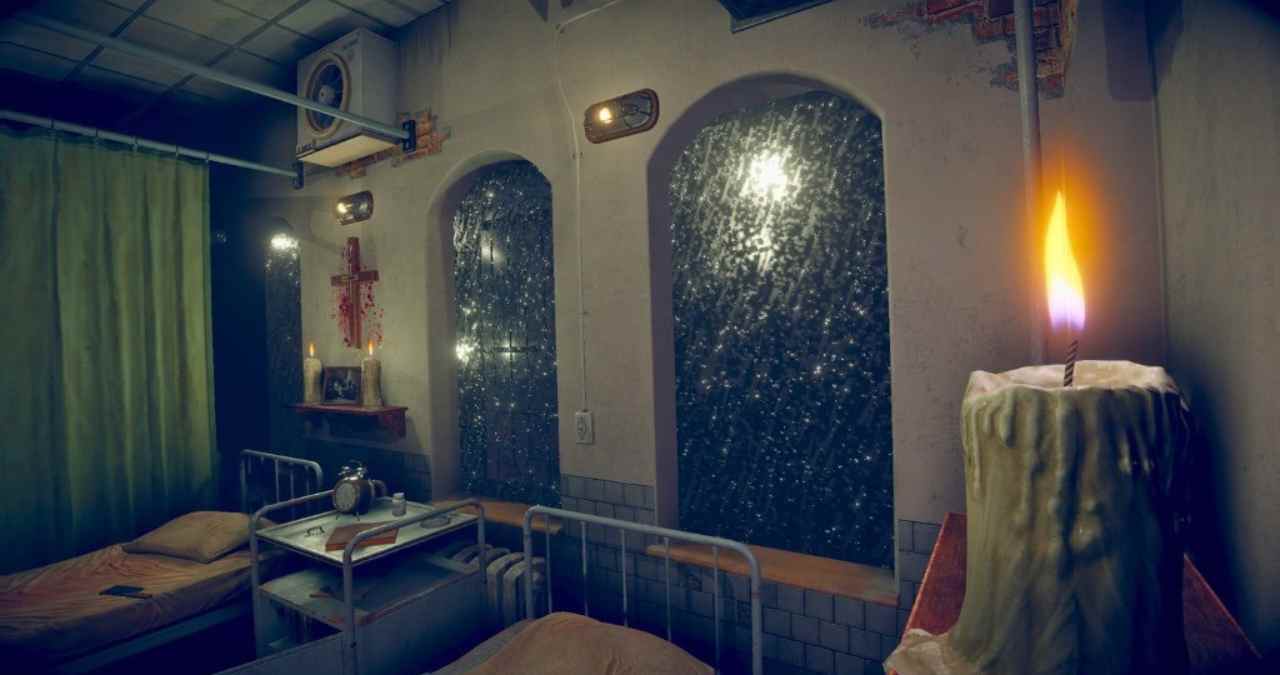Amygdala Protocol is preparing to bring psychological terror to Meta Quest, focusing less on gore and more on the mind’s natural reactions to fear. Rather than leaning on jump scares alone, the game emphasizes atmosphere, sound design, and narrative tension to unsettle its audience.
VR horror tends to magnify emotional responses, and Amygdala Protocol is designed with that in mind. Its environments are structured to create vulnerability, pulling players deeper into the story while testing their nerve with every encounter.
Gameplay and Atmosphere
The core gameplay blends exploration with survival mechanics. Players move through unsettling environments, piecing together clues and navigating spaces where danger feels imminent even when nothing is visible. This uncertainty is central to the design, keeping the tension sustained across each section.
The developers highlight psychological elements as the foundation, crafting environments where subtle details and sound cues play a larger role than direct threats. The result is a slower but more intense experience that rewards observation and steady nerves.
Positioning in the VR Horror Genre
VR horror already has standout titles that use immersion to amplify dread, from claustrophobic survival setups to surreal psychological journeys. Amygdala Protocol looks to position itself in the latter camp, prioritizing unease over spectacle.
For horror fans, especially those interested in how VR can reshape familiar tropes, the game adds another perspective to the genre. Its emphasis on psychological storytelling reflects a growing trend where immersion is used not just for scares but for atmosphere-driven narratives that leave a lasting impression.
Virtual Reality Explorer & Game Reviewer
Always the first to plug in. VRSCOUT dives head-first into the most immersive VR worlds, analyzing mechanics, comfort, innovation, and that elusive “presence” factor. If he says it’s worth it, it probably is.




